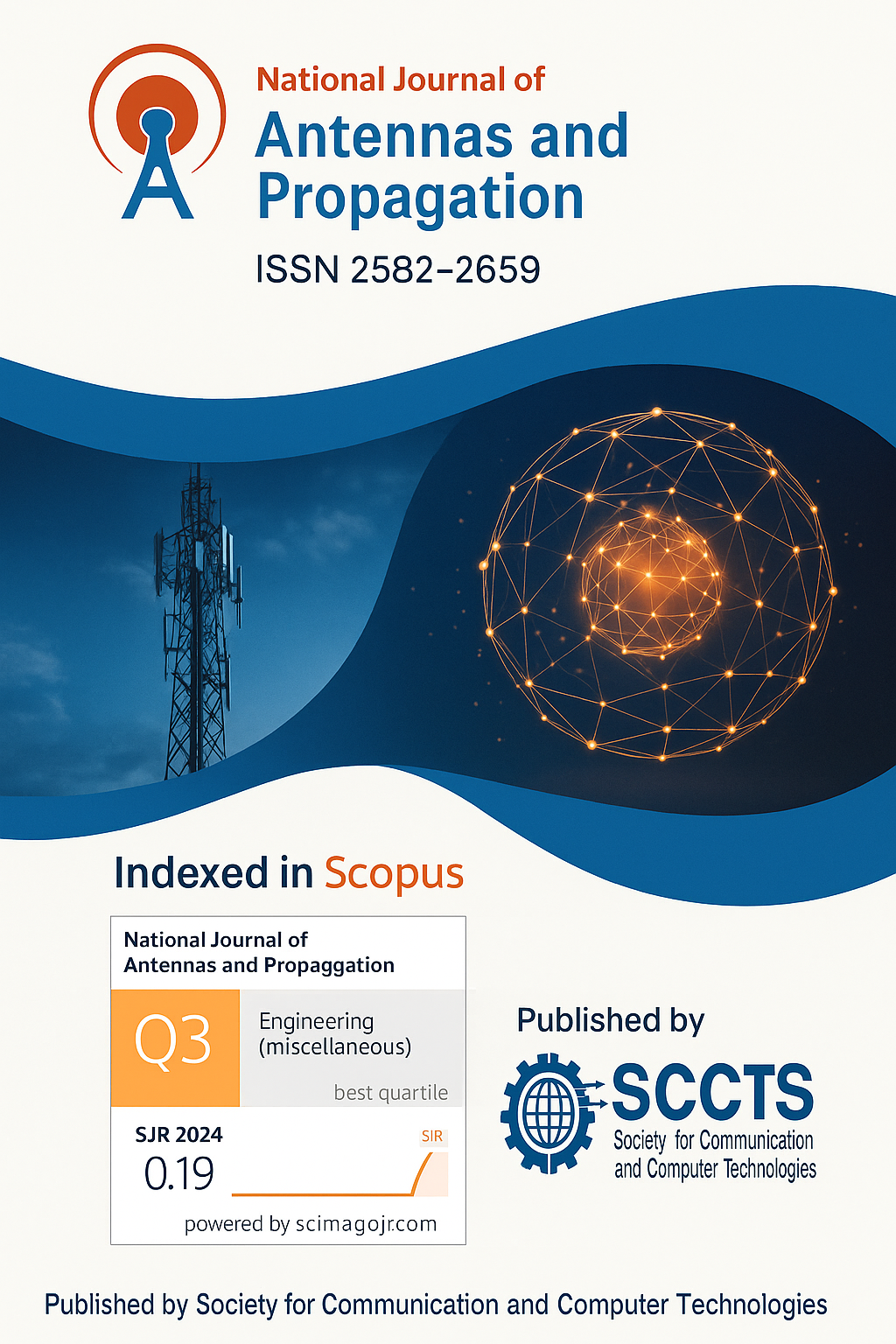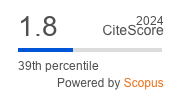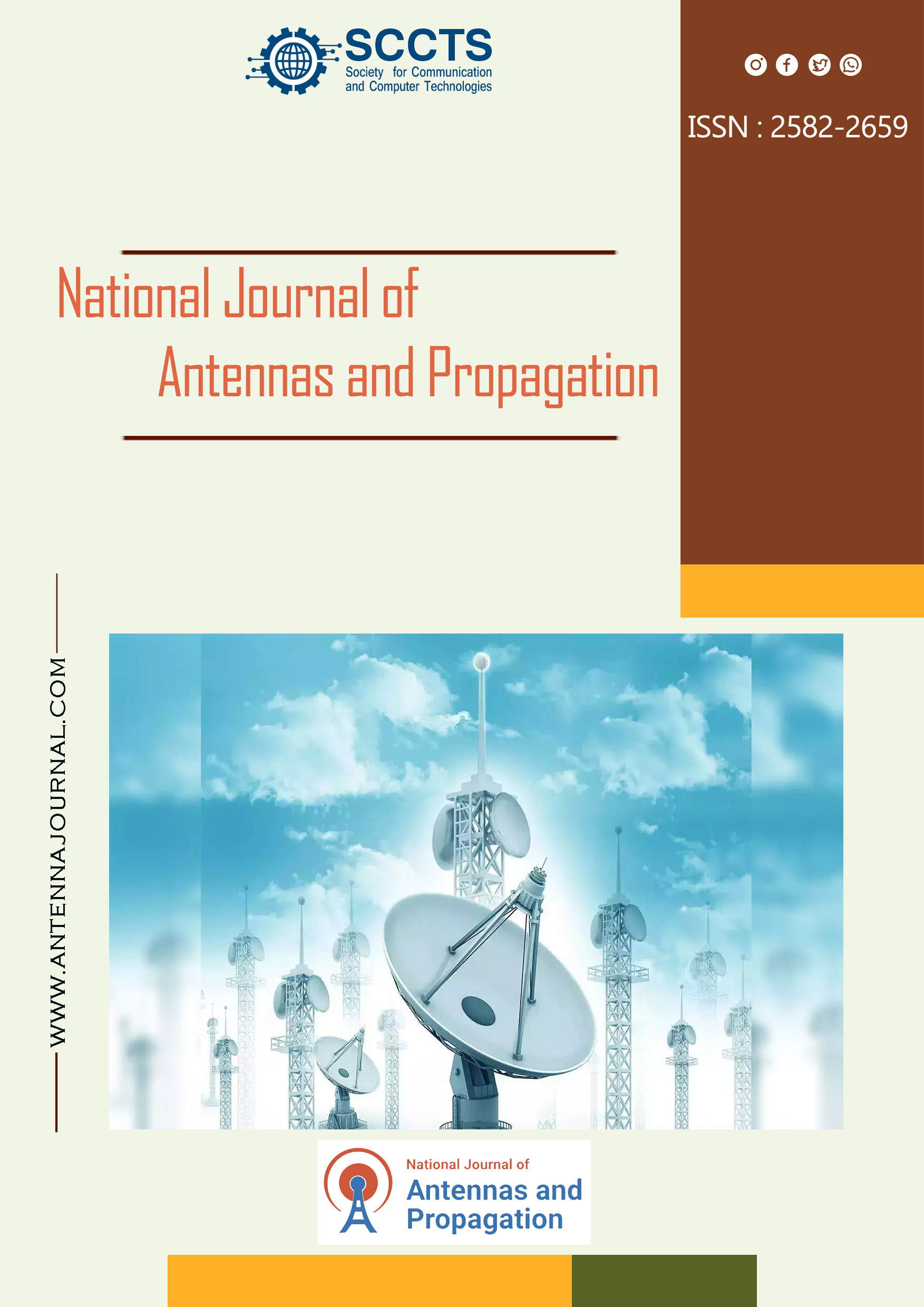Neural Network-Based Adaptive Error Correction for High-Capacity Massive MIMO Systems
DOI:
https://doi.org/10.31838/NJAP/07.01.35Keywords:
Massive MIMO, Neural Network, Error Correction, Adaptive Decoding, Deep Learning, 6G Communication, Bit Error Rate, Channel ImpairmentsAbstract
Massive Multiple-Input Multiple-Output (MIMO) is a key technology of the next-generation wireless communication, especially in regard to the 5G and the evolving 6G networks, because they reach high spectral efficiency, high reliability, and high data-throughput. But as MIMO is scaled into the hundreds of antenna case and into different scenarios where users may experience time-varying and fast-changing channels, channel distortion, high mobility and hardware generated impairments are threatening its performance, particularly in real-time ultra-reliable low-latency communication (URLLC) allowsance pathway. Despite making it possible to use conventional forward error correction (FEC) codes (e.g. LDPC and Polar codes) on a wide variety of systems, traditional codes tend to be poorly adaptable to quickly evolving, non-linear channels and often have high decoding latencies. The contributions to this work are summarised as follows: we suggest a Neural Network-Based Adaptive Error Correction (NNAEC) specific to high-capacity massive MIMO. To the best knowledge of the authors, it is the first attempt to combine Convolutional Neural Networks (CNNs) to extract the spatial feature and model the temporal errors with Bidirectional Long short-Term Memory (BiLSTM) networks, and an adaptive feedback mechanism based on reinforcement learning that is capable of learning and dynamically adapting the decoding methodology on the basis of real-time channel statistics of the signal-to-noise ratio (SNR), bit error rate (BER), and error vector magnitude (EVM). The proposed system is trained with various channel profiles comprising Rician, Rayleigh, fading as well as hardware impairments like IQ imbalance, nonlinearity of amplifiers. As quantitative analysis will show, at 10 dB SNR NNAEC yields 59 percent reduction in the BER and 50 percent-plus reduction in the decoding latency over traditional LDPC decoders. The architecture is also run on a Xilinx ZCU104 FPGA platform, and it is both confirmed that it is possible to run in real time (inference latency = 2.1 ms) and that resources consumption is low. The presented approach is highly robust and scalable and could be well used in the real-world settings including autonomous systems, UAV communications, smart industrial Internet of Things networks, where the low-latency and adaptive operation at the physical layer is the key aspect. The present work is the foundation of intelligent and learning-based decoders on the physical layer of the future wireless systems











